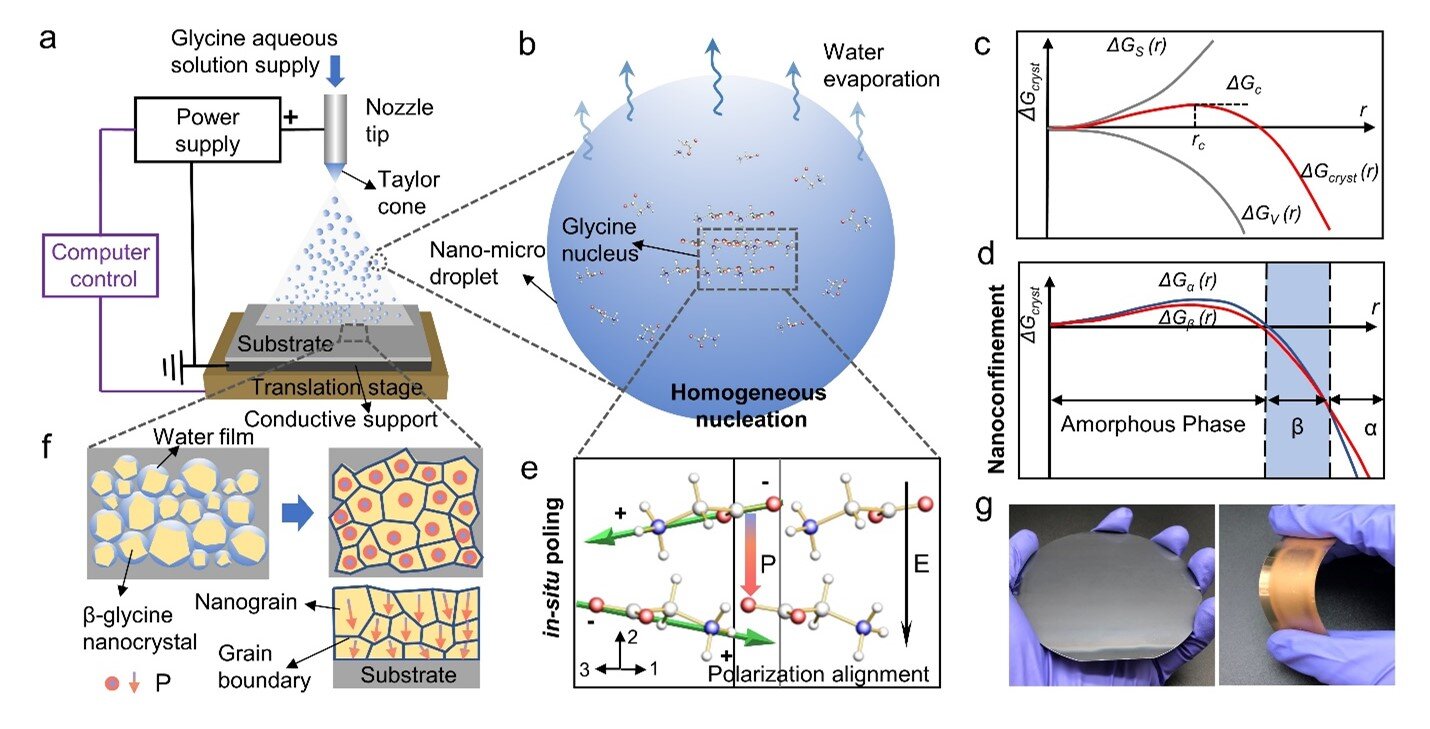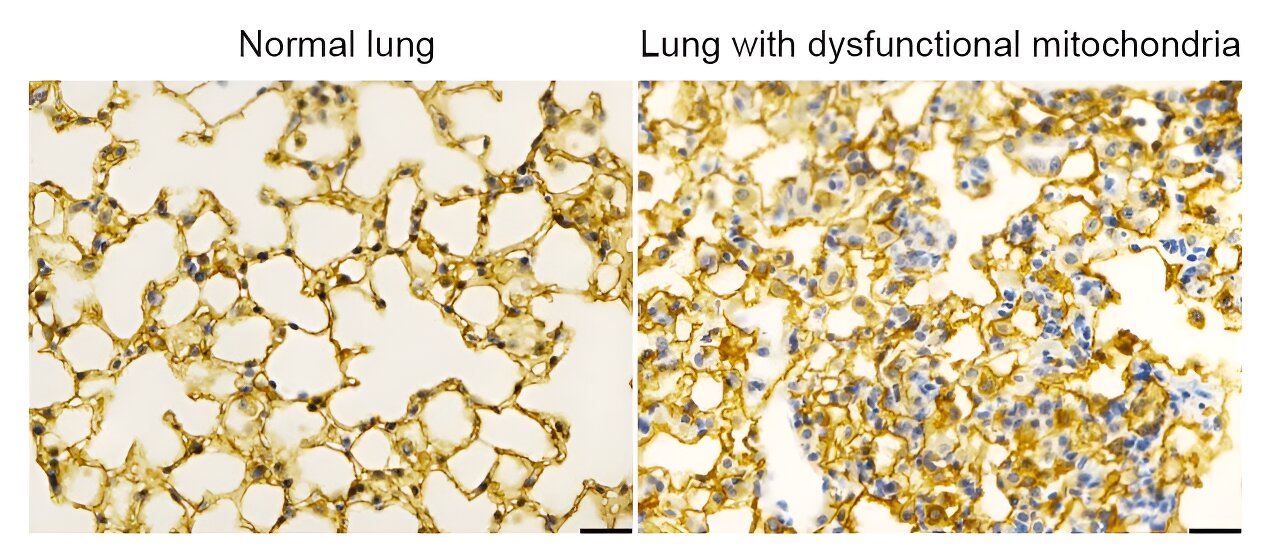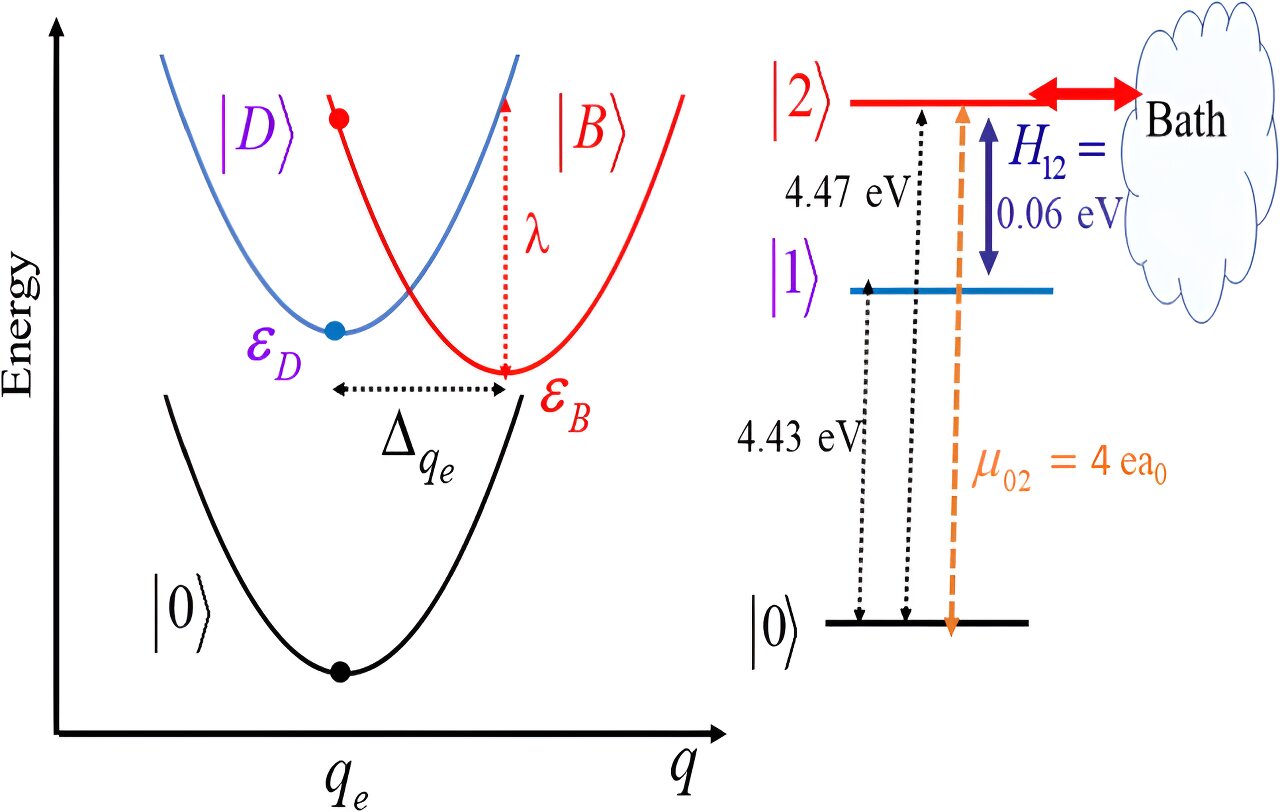Imagine a future where tiny devices inside our bodies can monitor damaged arteries, accelerate bone regeneration, and even deliver drugs for cancer treatment. The possibilities for treating human diseases and enhancing our capabilities are truly remarkable.
Piezoelectric biomaterials, which generate electrical signals through bodily movements, offer a solution for creating these devices. They don’t require batteries and can safely dissolve inside the body once their purpose is fulfilled.
In 2021, scientists David Julius and Ardem Patapoutian won the Nobel Prize in Physiology or Medicine for their groundbreaking work on the human sensation of touch and pain. Inspired by their discovery, we are now exploring advancements in piezoelectric biomaterials and their real-world applications.
What are the challenges in developing piezoelectric biomaterials?
Currently, most piezoelectric materials are rigid, brittle, and contain toxic substances, making them unsuitable for implantation in the human body. However, piezoelectric biomaterials show promise due to their biocompatibility, reliability, and ability to naturally dissolve in the body.
One major challenge is that natural piezoelectric biomaterials, like bone and wood, have weak piezoelectric strength due to their disordered orientation. To overcome this, we need to create order in these biomaterials and enhance their piezoelectric effect. This has proven to be a difficult task, as manipulating biomolecules at scale with the necessary alignment is challenging.
However, we have developed a strategy that allows biomolecules to self-assemble with the same orientation over a large area. By combining nanoconfinement and in-situ electric field, we have achieved biomolecular films with high piezoelectric strength, surpassing most existing bio-organic films.
Furthermore, these nanocrystalline films exhibit improved thermostability compared to their bulk crystals. This breakthrough brings us closer to developing high-performance piezoelectric biomaterials for various applications.
Behind this research
In 2022, we published a study titled “van der Waals Exfoliation Processed Biopiezoelectric Submucosa Ultrathin Films” in Advanced Materials. This study focused on the biopiezoelectricity of Van der Waals layered small intestinal submucosa (SIS).
For the first time, we quantitatively determined the inherent piezoelectricity of SIS and revealed the origin of its biopiezoelectricity. We also developed a van der Waals exfoliation process to prepare ultra-thin films with effective piezoelectric domains.
However, the piezoelectricity of these films was still lower compared to inorganic ceramics and organic polymers. Additionally, their in-plane piezoelectric direction limited their potential applications.
Countless attempts and the final exciting discovery
We continued our quest to develop high-performance piezoelectric biomaterials through fully controllable molecular assembly. After numerous attempts, we stumbled upon a breakthrough at the end of 2021.
During a discussion, we decided to explore the use of an electrohydrodynamic spray deposition platform to prepare biomaterials. We hypothesized that the in-situ electric field during the preparation process could have surprising effects. To our amazement, the amino acid film we created exhibited a high piezoelectric response at the nanoscale, while maintaining a dense and uniform structure.
However, we still didn’t fully understand why the material exhibited such a high piezoresponse, its macro-scale alignment, and the underlying self-assembly mechanism. Through further characterization, we discovered that the thin film had a completely β Phase, which was unexpected.
β-glycine is notoriously difficult to form and highly unstable under normal conditions. After extensive experimentation, we finally solved these challenges.
New technique and mechanism for fabricating piezoelectric biomolecular films
<








